OPPO has been doing great things for a few years, showing technical prowess with devices and bravery to push the boundaries. When the Find N2 Flip was released, while I’ve used others, I was genuinely excited to see what OPPO could do with the form factor.
Spoiler Alert: OPPO has done some things with the Find N2 Flip that I really like, so much so, that I’d consider spending money on one. And I rarely feel that excited about a device.
A look at the hardware and specs
It’s impossible to look at another manufacturer and not look at what Samsung has achieved with foldable devices to date. They’re several generations in and have learned a lot, sometimes the hard way, from the early devices. So I, hopefully understandably, was nervous about the prospect of a first-generation foldable.
The packaging is neat
Regardless of the manufacturer, I believe it’s worth acknowledging the engineering genius it takes to make a traditionally static piece of hardware; fold. But OPPO hasn’t just made this functional, they’ve done an excellent job of making the folding screen seem almost like a normal screen. You can still feel, and see (just) the crease in the screen but it’s far less prominent than other devices in the foldable space.
Outside of the fact it folds, the main screen just works as you would expect any phone screen to. The touch response is excellent, the brightness stands up next to other — more expensive — leading phones on the market.
For the spec junkies out there, the internals include:
- A Mediatek Dimensity 9000+ chipset
- 256GB/512GB Storage with 8GB/16GB memory
- A 6.8-inch (unfolded) 1080 x 2520 resolution screen that runs 403PPI
- 50MP f/1.8 wide lens + 8MP f/2.2 ultrawide lens
- 4,300mAh battery and 67W charger
- Connectivity: it’s all here – Wi-Fi 6, Bluetooth 5.3, NFC and GPS etc.
- ColourOS 13 is on the device
I’ve never really had an issue with the form factor of standard mobile phones, but this is surprisingly convenient. The smaller size makes it really convenient to drop into your back pocket or, for the ladies, into a smaller handbag without concerns around the overhang leaving your phone vulnerable to being pick-pocketed.
The cover screen
In my experience with foldable devices, the covers screen and its capabilities make or break the device. If it works well and provides decent functionality, then you’ve got a small form factor device that works well for you. If it doesn’t you’ve got a small form factor device you need to unfold every time you get a notification to action it.
The cover screen is 3.26 inches and runs 382 x 720 resolution, given I recall — showing my age? — computer monitors with a resolution not much higher, this in itself is impressive. It covers almost half of the front of the device when folded and does a lot to prevent you from needing to open your phone.
What you get, is similar to the tiles on a Pixel Watch that you can swipe between to find the information or feature you’re after at the time. This covers everything from notifications, weather, camera functions and calendar; don’t forget the new widget created specifically for Spotify!
Daily use: It takes adjusting, but it’s worth it
Because this is the first folding phone I’ve used in a while, it’s taken some adjusting. Where I’d normally have my phone on the desk next to me and glance at notifications, this one doesn’t need to be open to deliver notifications. Interestingly, I’ve noticed, after a couple of weeks, that the more I used the cover screen, the better the battery life is.
I’m yet to use a folding phone that I’m truly happy with the battery life, however, with OPPO phones in particular the charging speed is so good; that the battery life almost doesn’t matter. Provided you’re using a power brick that supports it, you’ll get a full 67W charging speed and the phone will let you know you’re fast charging too.
Most users are going to get a full day out of the battery somewhat comfortably, with very light users potentially getting two. Provided you’re near a power plug for at least 20 minutes a day you’ll be fine regardless of how heavily you use the device.
Yes, that’s right – Breaking from the current market standard, there’s a charging brick in the box.
Is there any downside?
There are a couple of little things that could be annoying. And while they’re annoying, they’re not deal breakers because most of them can be fixed with a software update. Little things like having call controls on the cover screen while using a Bluetooth headset for a car (clearly not Android Auto) connection would be useful.
If you’re a really heavy user and not in a position to top up the battery during the day, you’ll probably be looking for some charge by late afternoon. Easily achieved of course, with the prevalence of portable batteries and car charging options, but not something everyone wants to carry. For the average user, however, this is a full day of battery pretty consistently.
The only other potential downside I’ve seen in my testing time is the potential (not realised in my time) for damage to the cover screen, with reduced functionality of that wonderful feature.
The camera: It’s good, but could be better
One of the areas of OPPO’s game I’ve noticed is really consistent over the last few years is the camera. I’ve not seen anything earth-shattering, but the user experience and photos delivered across the range of phones have been really solid.
When it comes to the Find N2, there are a couple of design choices that are interesting when compared with multiple other devices on the market. Starting with — for the price at least — a dual lens, with only 2 x zoom feels like a bit of a missed opportunity… at least until you start taking a bunch of photos with it.
There are some really good things happening in the background here that ensure you get quality photos. Even in questionable to low light conditions, you’ll generally get a good photo; particularly if you’ve got a steady hand, it’s actually difficult to get a bad photo.
After a couple of weeks with the OPPO Find N2 Flip, I’ve come to the conclusion that OPPO has made some really smart decisions and nailed what the average user will want from a flip phone.
I’d happily recommend the Find N2 Flip to a lot of users who have the budget
Given Samsung — let’s be honest, OPPO has targeted the Z Flip — is on the 4th generation of the flip, I’m astounded that I’m saying this. Do note, however, I’ve said users who have the budget because when you can get a great phone like the Pixel 7 Pro for AU$1.299.00, or the Pixel 7 for AU$999.00 there’s a premium you’re paying for the folding technology.
If you decide to drop the cash on a Find N2 Flip, you’re getting a great phone though with a couple of clear advantages over flip-style competitors. The cover screen is much easier to use and highly functional, the main screen folds flat with minimal crease which results in less ingress of pocket junk; reducing risk of screen damage in your pocket.
If OPPO decides to run a special on this for the end of the financial year, knocking $200 to $300 off; grab one. Yes, it’s a first-generation device from OPPO, but they’ve clearly learned a lot from the competition and delivered something pretty impressive and a competitive price.


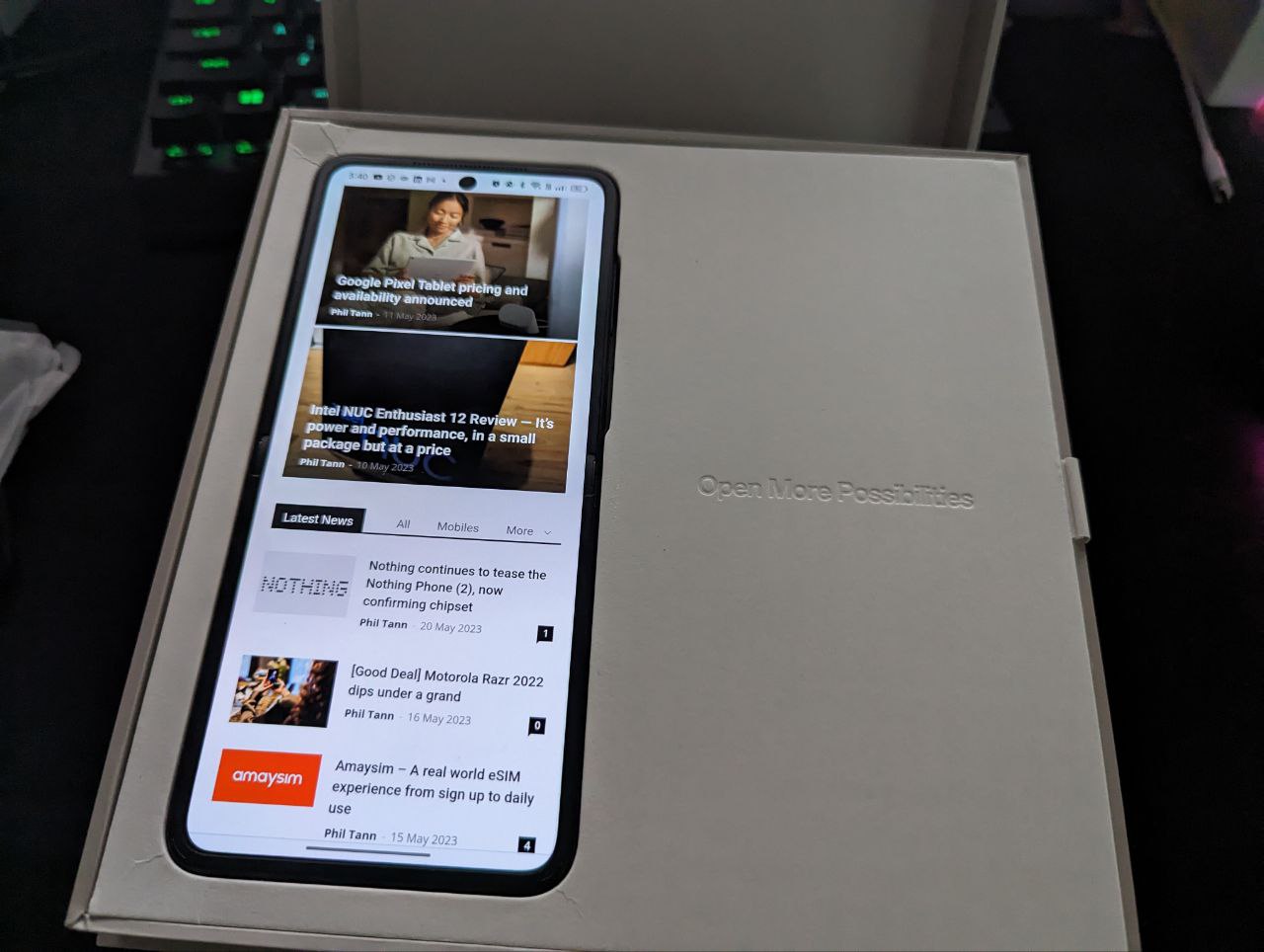
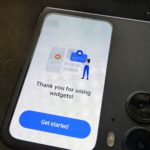

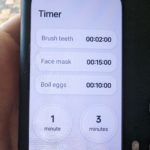

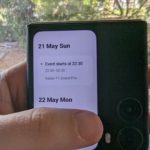
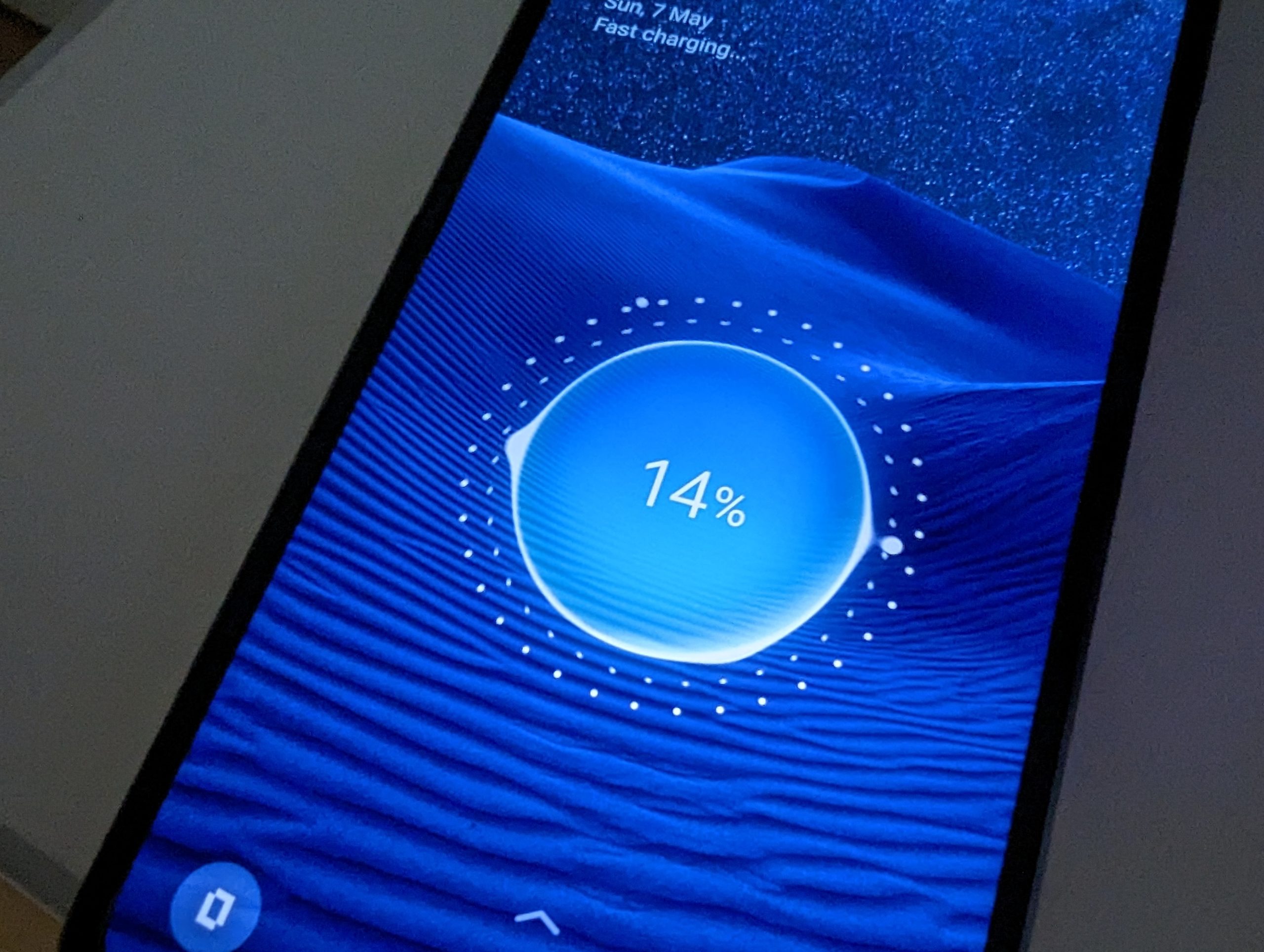

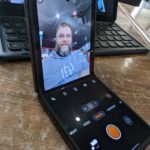






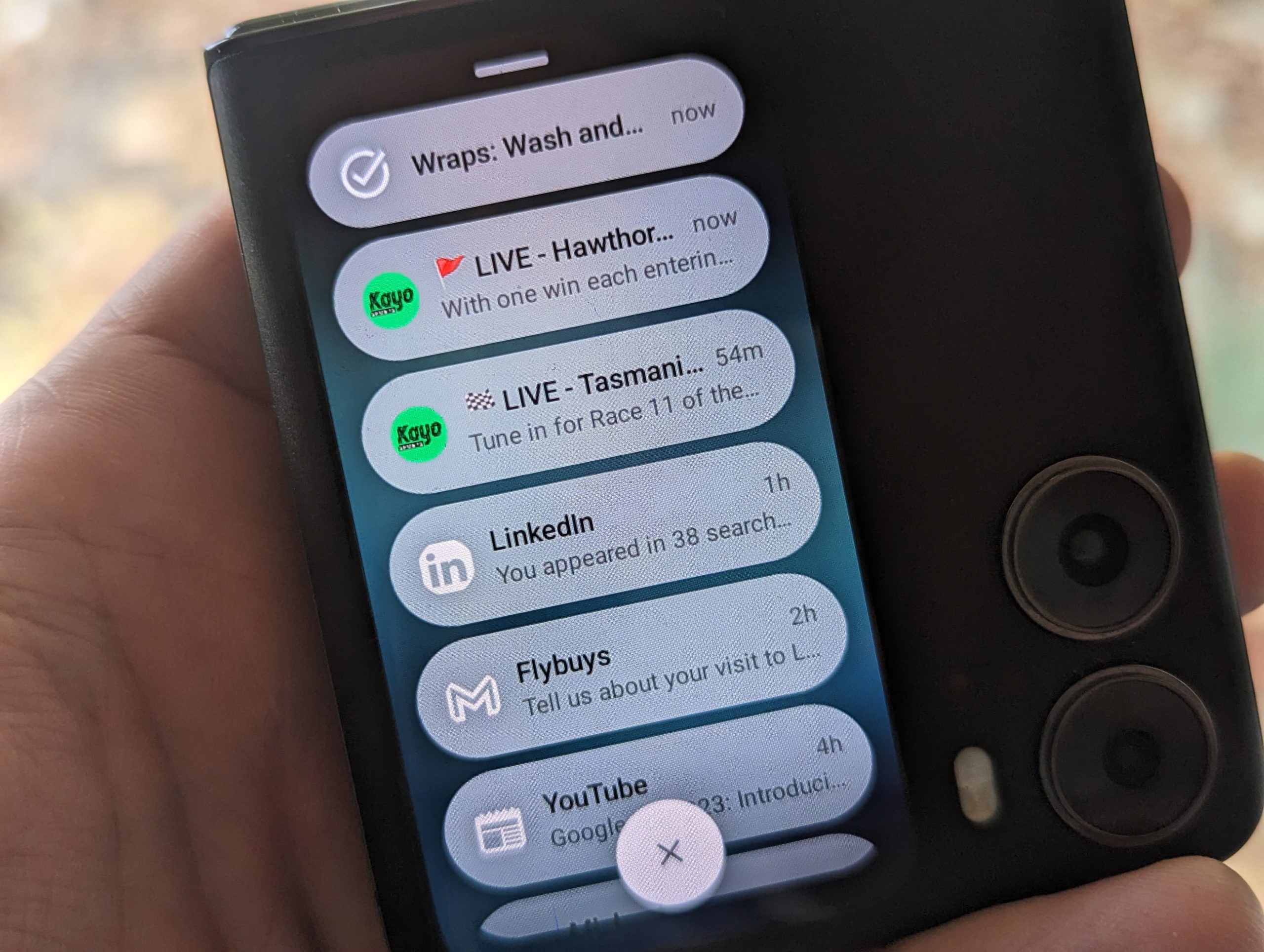



$1499 at JB Hi-Fi. Better value than Samsung. The only question I have is how good is the MediaTek SoC?